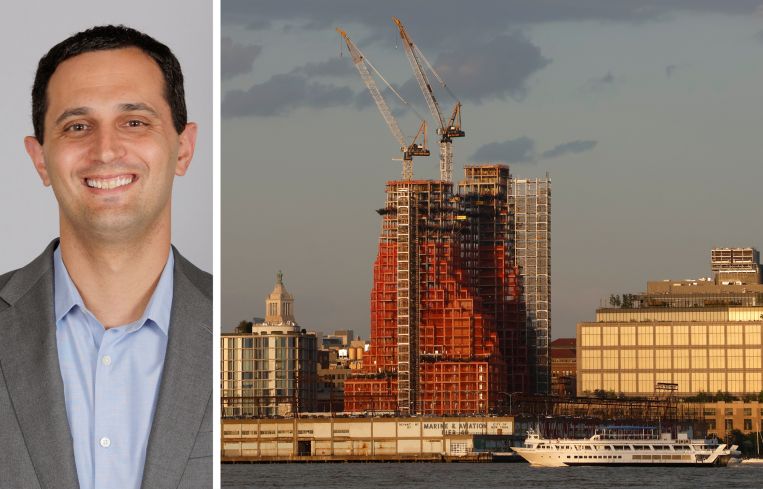Developers Avoid Large-Scale Housing Projects Thanks to 485x Wage Loophole: REBNY
By Mark Hallum November 12, 2025 10:00 am
reprints
Multifamily development in New York City is almost — almost — reaching the goals set by local and state governments.
Even with 11,746 proposed units of housing in the third quarter of 2025 being 162 percent higher than the historical average, according to a report from the Real Estate Board of New York (REBNY), filings for new developments are still below the 12,500 units-per-quarter goal set by Mayor Eric Adams and Gov. Kathy Hochul.
A major hindrance to meeting that goal is 485x, which is incentivizing the construction of small-to-medium size buildings, with a significant number of recent filings with the New York City Department of Buildings being for exactly 99 units, according to REBNY.
Developers are likely capping their projects at 99 units in order to make the most of an enhanced minimum wage requirement for buildings depending on geographic area and number of units., The result is that 485x is disincentivizing projects at a scale most likely to make a meaningful impact on the affordable housing crisis, or exceed the goal of creating 500,000 units over the next decade.
Projects over 100 units, for example, are required to pay a minimum wage of $41 per hour, which can raise the total construction cost by 2 percent compared to the New York City minimum wage of $16 per hour for projects 99 units and under, according to REBNY.
In the third quarter, 133 projects were filed for 50 units or less, 61 for between 50 and 99 units, and only two proposals fell between 100 to 149 units, with 11 for 150 or more, according to REBNY data.
“It’s critical that policymakers and other advocates do not become complacent in response to the quarter’s housing production totals,” Zachary Steinberg, REBNY’s executive vice president of external relations and advocacy, said in a statement. “The strong results come following a decade-plus of underproduction that needs to be addressed and can’t be done 99 units at a time. Additional policy actions to encourage more new housing construction are needed to promote long-term economic vibrancy and greater affordability in New York City.”
To compare, within the entire period from 2008 through 2023, when the 421a tax incentive was in place, only 13 buildings had 99 proposed units or less, possibly due to the lower wage requirements for large-scale projects.
Zones along the waterfront of Manhattan, Brooklyn and Queens see the highest enhanced minimum wage requirements, while southwest Brooklyn and northwestern Queens have the lowest.
Mark Hallum can be reached at mhallum@commercialobserver.com.


